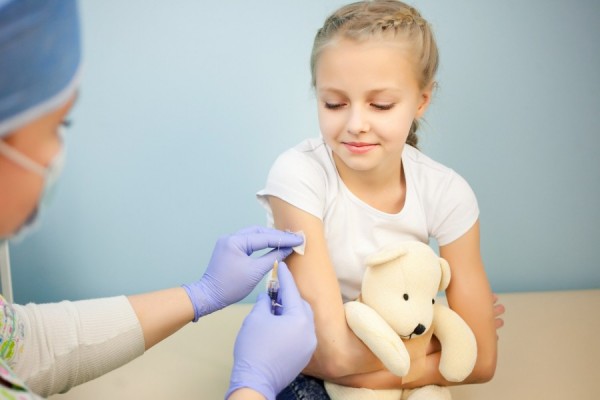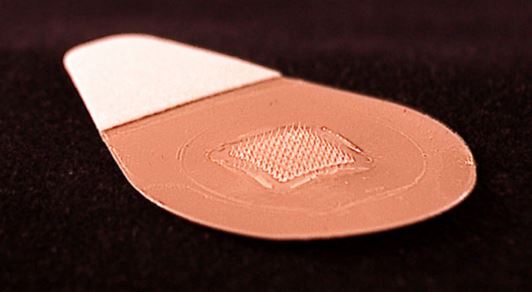One of the best ways in which we can protect our children is to ensure they receive their vaccinations on time. Vaccination against deadly childhood illnesses is crucial, not only for their wellbeing but also for the safety of other children around them.
The new French Prime Minister, Edouard Philippe, has just announced that a mandatory vaccination schedule will be introduced in 2018.
All French children will now receive 11 vaccinations as part of the new schedule. Three vaccinations were already mandatory in France: all French kids must be immunised against diphtheria, polio and tetanus.
From 2018, the new law will make immunisations against pertussis, (whooping cough), measles, mumps, rubella, hepatitis B, haemophilus influenzae bacteria, pneumococcus, and meningococcus C mandatory as well.
Earlier this year, an outbreak of measles occurred in France; and since then, vaccinations have been an important topic on the political agenda of new president Emmanuel Macron.
Prime Minister Philippe announced the plan, saying: "Children are still dying of measles. In the homeland of Pasteur, that is not admissible."
He was referring to renowned French chemist and biologist Louis Pasteur, who is famous for his immunisation discoveries.
France now joins other countries who have taken a tough stance on immunisation this year.
Australian Prime Minister Malcolm Turnbull announced in March that he does not want any unvaccinated child to be allowed in any childcare or preschool centre.
In May, Italy announced a ruling that if children are not vaccinated against 12 common illnesses by age six, parents will face government fines.
For those who have kids who are petrified of needles and immunisations, a new immunisation technology recently announced may change all that.
Scientists have developed an alternative immunisation method that could ease the fear of getting jabs.
The new technology takes the form of a wearable patch comprised of tiny micro-needles. The patch would be pain-free, can be self-administered, and would only have to be worn for a short period.
After approximately 20 minutes, the body’s moisture would dissolve the micro-needles, and the user could remove the patch.
During clinical trials, a group of volunteers were immunised against the flu virus using a variety of methods.
The results, which were published in The Lancet journal, established that 70 percent of those who participated preferred the patch to the traditional syringe application.
Pending further trials, it’s hoped microneedle patches could be a game-changer in the field of immunisation.











